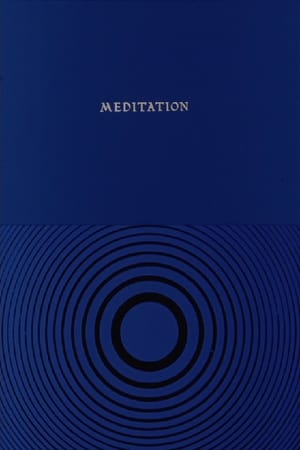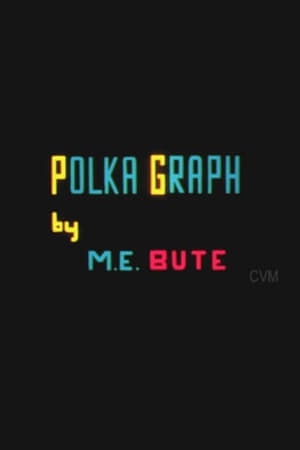

Norm(1988)
A twisted and macabre film by Mróz-Raynoch, which explores an exhibition where the guests are as grotesque as the exhibits (stylistically akin to Gerald Scarfe’s horrifically distorted caricatures).
Movie: Norm

Norma
HomePage
Overview
A twisted and macabre film by Mróz-Raynoch, which explores an exhibition where the guests are as grotesque as the exhibits (stylistically akin to Gerald Scarfe’s horrifically distorted caricatures).
Release Date
1988-01-01
Average
0
Rating:
0.0 startsTagline
Genres
Languages:
PolskiKeywords
Similar Movies
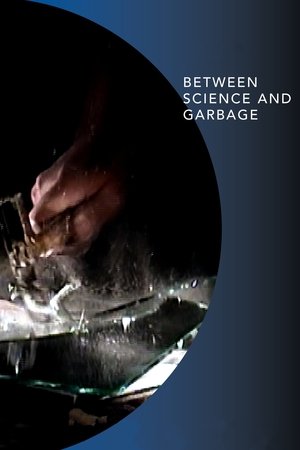 5.2
5.2Between Science and Garbage(en)
A whirlwind of improvisation combines the images of animator Pierre Hébert with the avant-garde sound of techno whiz Bob Ostertag in this singular multimedia experience, a hybrid of live animation and performance art.
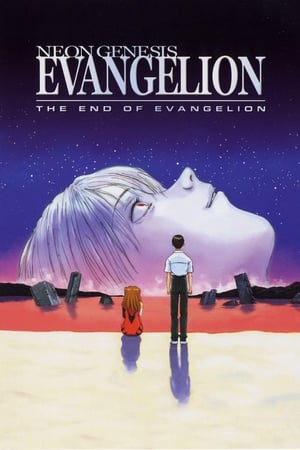 8.3
8.3Neon Genesis Evangelion: The End of Evangelion(ja)
SEELE orders an all-out attack on NERV, aiming to destroy the Evas before Gendo can advance his own plans for the Human Instrumentality Project. Shinji is pushed to the limits of his sanity as he is forced to decide the fate of humanity.
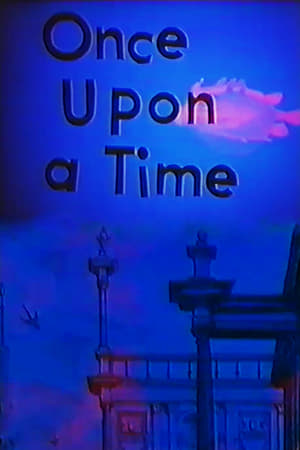 6.5
6.5Once Upon a Time(en)
We are first presented a cobweb castle, filled with the haunting doubts of the young protagonist. Spirits appear on the screen and are heard on the soundtrack. Gradually a female guide emerges and escorts the young man into an antechamber to another (and possibly higher) world.
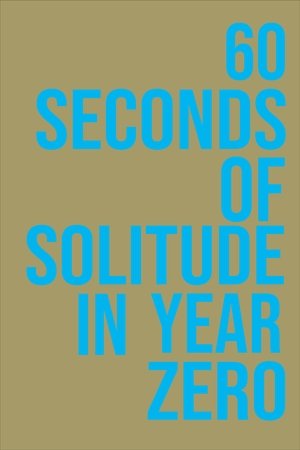 3.8
3.860 Seconds of Solitude in Year Zero(en)
An anthology of one-minute films created by 51 international filmmakers on the theme of the death of cinema. Intended as an ode to 35mm, the film was screened one time only on a purpose-built 20x12 meter public cinema screen in the Port of Tallinn, Estonia, on 22 December 2011. A special projector was constructed for the event which allowed the actual filmstrip to be burnt at the same time as the film was shown.
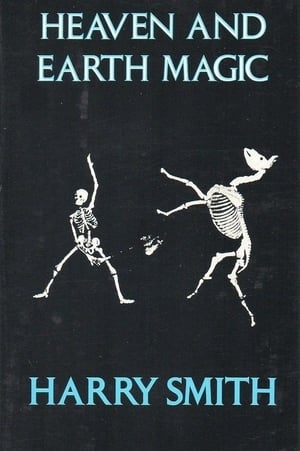 5.6
5.6Heaven and Earth Magic(en)
The first part depicts the heroine's toothache consequent to the loss of a very valuable watermelon, her dentistry and transportation to heaven. Next follows an elaborate exposition of the heavenly land, in terms of Israel and Montreal. The second part depicts the return to Earth from being eaten by Max Müller on the day Edward VII dedicated the Great Sewer of London.
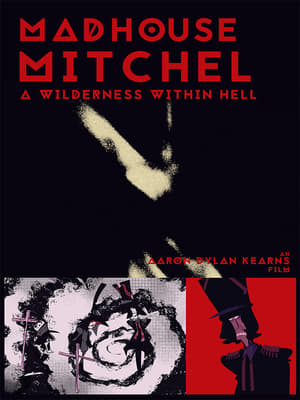 0.0
0.0Madhouse Mitchel(en)
Creeping from the halls of the maze brain, corruption and terror is woven by devils born from the denied errors of mankind.
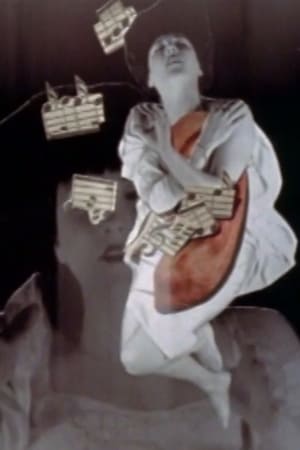 5.0
5.0Lulu(en)
Initially commissioned to accompany a Danish production of Alban Berg’s LULU, Lewis Klahr’s cut-out animation refigures the opera's themes in a torrent of images. With an ever-inventive approach to color and symbol, Klahr distills the title character's moral predicament, along with a great many of German Expressionism’s characteristic motifs, in the span of a pop song.
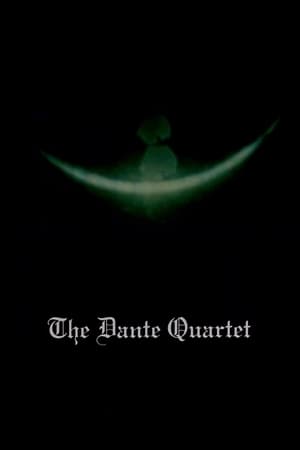 6.3
6.3The Dante Quartet(en)
A visual representation, in four parts, of one man's internalization of "The Divine Comedy." Hell is a series of multicolored brush strokes against a white background; the speed of the changing images varies. "Hell Spit Flexion," or springing out of Hell, is on smaller film stock, taking the center of the frame. Montages of color move rapidly with a star and the edge of a lighted moon briefly visible. Purgation is back to full frame; blurs of color occasionally slow down then freeze. From time to time, an image, such as a window or a face, is distinguishable for a moment. In "existence is song," colors swirl then flash in and out of view. Behind the vivid colors are momentary glimpses of volcanic activity.
 0.0
0.0Cyclepaths(xx)
An old woman is carrying shopping bags. A child with a gun is riding a scooter. Birds are flying. A city is falling. A party is lit.
 6.7
6.7Atman(ja)
ĀTMAN is a visual tour-de-force based on the idea of the subject at the centre of the circle created by camera positions (480 such positions). Shooting frame-by-frame the filmmaker set up an increasingly rapid circular motion. ĀTMAN is an early Buddhist deity often connected with destruction; the Japanese aspect is stressed by the devil mask of Hangan, from the Noh, and by using both Noh music and the general principle of acceleration often associated with Noh drama.
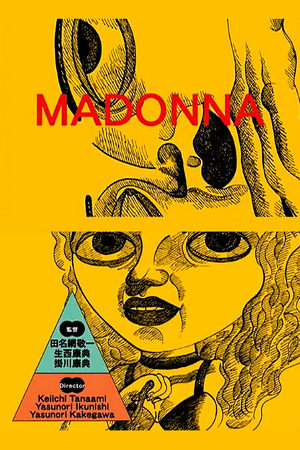 8.0
8.0Madonna(ja)
In Madonna, Tanaami employs his signature collage-style animation, combining pop art influences, retro aesthetics, and surrealistic motifs. The film explores themes of desire, fantasy, and memory, often referencing elements of post-war Japanese culture and American pop culture.
Dada(en)
A (barely) two minute short is that it was made specially for a Paramount newsreel segment on Bute and Nemeth making films in their teensy New York apartment. Paramount apparently never got round to including the filmmakers in any newsreel, but their own film survived in the Bute-Nemeth Archive. (weirdwildrealm.com) To the rhythm of music that sounds a bit like a Busby Berkeley tune, lines and circles appear against a black background. Then triangles, in groups. Black and white squares move in tandem. Sparkling forms turn in kaleidoscopic patterns. Then cubes appear, white against the background, bouncing; a yin and yang rotate a few times before the film ends with an quick burst of scattering light.
 5.0
5.0Karma Cartel(ml)
In an urban Indian city, A struggling actor battles for his career, but his friend who loses money in a scam deal commits an action that puts both of their lives in danger. The three last days before the incident follows the struggling actor, an ambitious filmmaker, a wannabe hustler, an opportunist, a lover and two cinephile thugs, through an inter-twining vignette of their lives.
 0.0
0.0Corner(pt)
The corner of a street is matched and mixed with the chant of a bird recorded on that same street. A symbiotic relationship is triggered: the rapid and successively repetitive montage cuts between the image of the street and the corners of the video frame itself produce new textures and shapes in our brain, whilst the sound follows the same rhythmic movements by emphasizing different “corners” (frequencies) from the bird’s singing. The energetic potency stemming from the junction of these elements creates a new image that is almost tactitle, maleable and rippling. The result is a somewhat humorous operation of the portuguese word "corner" throughout the different stages of making the piece, finally unveiling a piercing physical and kinetic experience for all the corners of our eyes and ears.
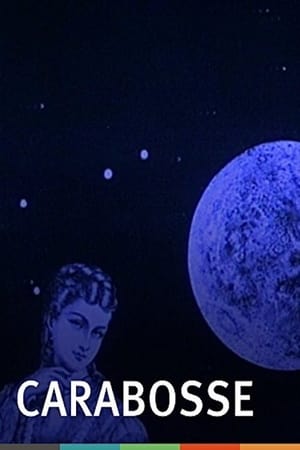 5.0
5.0Carabosse(en)
Animation, also of a new order in the recent series of short works. Mostly on black space, the figures in blue perform a very compact and jewel-like opera in surreal form, again to Satie’s piano music. Ideally, the film should be projected on a 30" wide white card sitting on a music stand, center stage of a large auditorium or music hall, with sound from the projector piped into the big speaker system. The film is most effective this way, but can be shown normal-size also
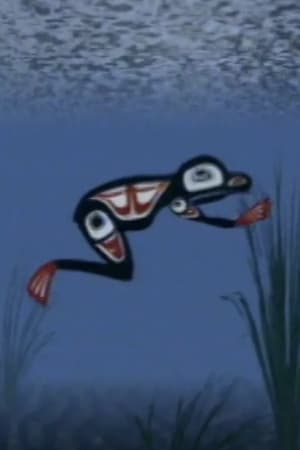 0.0
0.0Totem Talk(en)
Traditional Northwestern Indigenous spiritual images combined with cutting-edge computer animation in this surreal short film about the power of tradition. Three urban Indigenous teens are whisked away to an imaginary land by a magical raven, and there they encounter a totem pole. The totem pole's characters—a raven, a frog and a bear—come to life, becoming their teachers, guides and friends. Features a special interview with J. Bradley Hunt, the celebrated Heiltsuk artist on whose work the characters in Totem Talk are based.
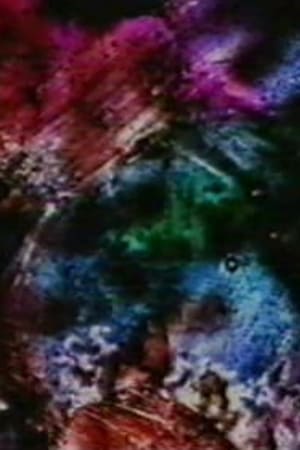 5.8
5.8Prelude 14(en)
Prelude 14 begins in deep brilliant red which darkens into deeper reds and lavender shapes, disrupted by a variety of colors settling into browns and grays and shapes most rock-like, all of which is then shot-thru with sufficient yellow to break up all hard-edge form and give a molten aspect to the mixtures of shapes.
Les Films de Man Ray(fr)
In the 1920s, Man Ray directed four films which, although largely unknown by the general public, made him into a major figure in avant-garde cinema. His films were to be as radical as his images or objects. Included: Le Retour à la Raison, Les Mystères du Château du Dé, Emak-Bakia, L'étoile de Mer and collected shorts.
